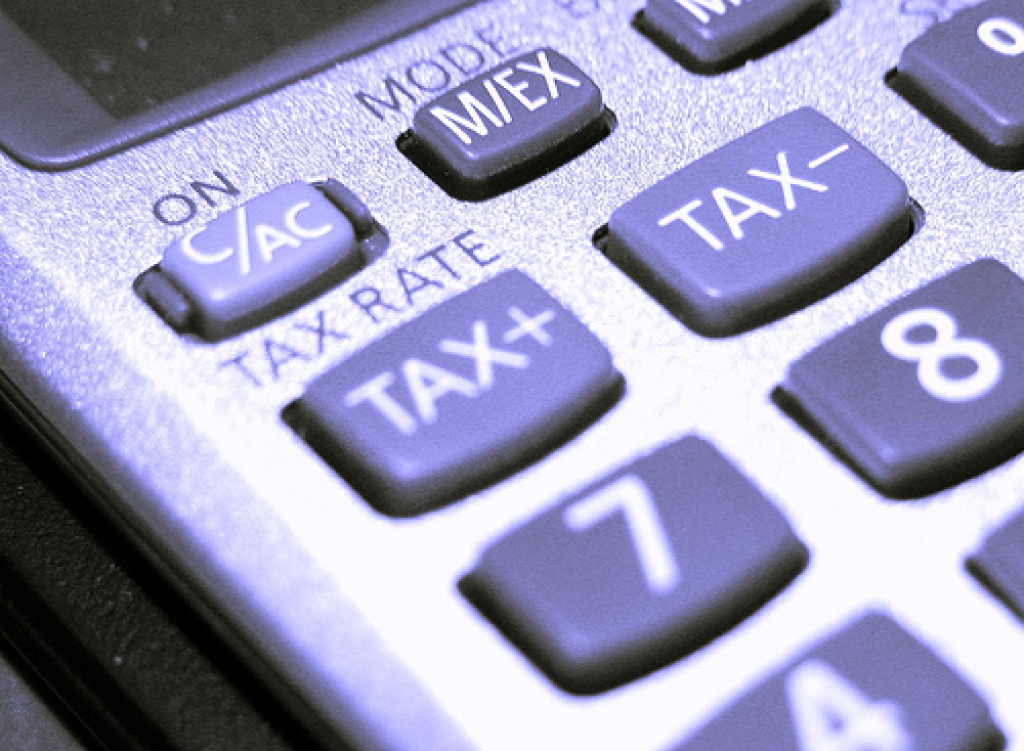 Cities develop and sustain based on financing and its service delivery. Within urban taxation domain, tax on immovable properties is at the core. It is one of the most hated taxes in the world, and at the same time, being a devolved subject, this tax has the potential to bridge in the trust deficit between tax payers and government.
Cities develop and sustain based on financing and its service delivery. Within urban taxation domain, tax on immovable properties is at the core. It is one of the most hated taxes in the world, and at the same time, being a devolved subject, this tax has the potential to bridge in the trust deficit between tax payers and government.
The subject was discussed in an event arranged by IGC and The Urban Unit in Lahore last weekend. Lahore has its financing need, and in the past few years, the requirement used to be fulfilled by deploying higher percentage of provincial revenue pool to the city. For example, out of Rs110 billion being spent on solid waste management in Punjab, Rs85 billion was merely in Lahore. The city needs around Rs1 billion per month a subsidy to run metro bus; and a higher amount would be required for operating the upcoming orange train.

It is unfair to deploy, provincial resources on these projects at the expense of other areas. For instance, less money was spent on canal irrigation maintenance for whole Punjab than the subsidy allocated for one transport line in Lahore. However, that does not mean the public transport system in Lahore be shelved– rather more lines are needed; but these all have to be financed by the city dweller, and its expansion should be the decision of city people.

All this requires financing. The low hanging fruit is the urban property tax. The collection in Punjab in FY16 was less than tax being collected by Chennai – a city in India. The property tax collection in Punjab is targeted at Rs14.3 billion in FY20; apart from that, the province is eying to collect Rs60.7 billion on stamp duty. The property tax preview does not have all the properties, and the effective rate is too low as well. At this moment, only 5 percent of provincial tax is being collected from immovable properties tax.
According to a rough estimate, based on Punjab spatial study, there are around 5 billion canals (500 sq yard) urban land is in Punjab; and if each property is taxed at Rs100 per canal, the potential to collect is Rs500 billion. Even 10 percent of it is five times the collection in FY19. There are issues of evaluating properties – capacity constraint, and rates have to be adjusted according to market price of properties.
The need is to extend the rating of residential and commercial properties along with highways/main roads in the net. Cities are expanding in Punjab and the rating areas have to be aligned with actual city boundaries. Once that is done, fresh surveys of properties need to be done in Punjab to update the valuations tables. Then, there is a need to further converge rental property tax rates to self-occupied – over years the ratio has thinned from 1:20 to 1:5, and it should be aimed at 1:2.
This is a tax devolved to municipal level under the local government legislation in Punjab. The issue is to build capacity at local levels to collect taxes and to provide service delivery. The use of technology and efficiency is imperative as there are places in world where cost of collection is higher than the amount collected. A few districts in Punjab have population and area bigger than a few countries. They are too big to be centrally managed (from Lahore), and at the same time, capacity is required for them to self manage.
Cities in Punjab are required to be innovative in unlocking the value of the real estate. For example, in Sao Paulo, Brazil, government changed the zoning law and auctioned plots for high rise construction. The additional amount received (value unlocked) is used to build affordable housing at other places. And this also opened avenue of higher tax collection in years to come.
In Lahore, land value is captured by LDA; and the authority earns good sum on conversion of residential plots to commercial. But there is no track of money earned by LDA and where is it being used. The need is to sync it with city development responsibility.
Cities’ financing and its service delivery has to be independently regulated. Since the tax is not liked by people, politicians will never be able to apply it. The key is to keep the policy at arm length from the politicians. The good omen is that the Punjab government is thinking about it, and top notch economists such as Ali Cheema are engaged with The Urban Unit, with data of every nook and corner of Punjab.
The talks of resource mobilization have been happening in Punjab for many years and every now and then same report with change in font and formatting is being presented. The PFC is coming up, and urban tax and other city level taxes have to be a part and be kept away from the central fiscal black hole.
























Comments
Comments are closed.